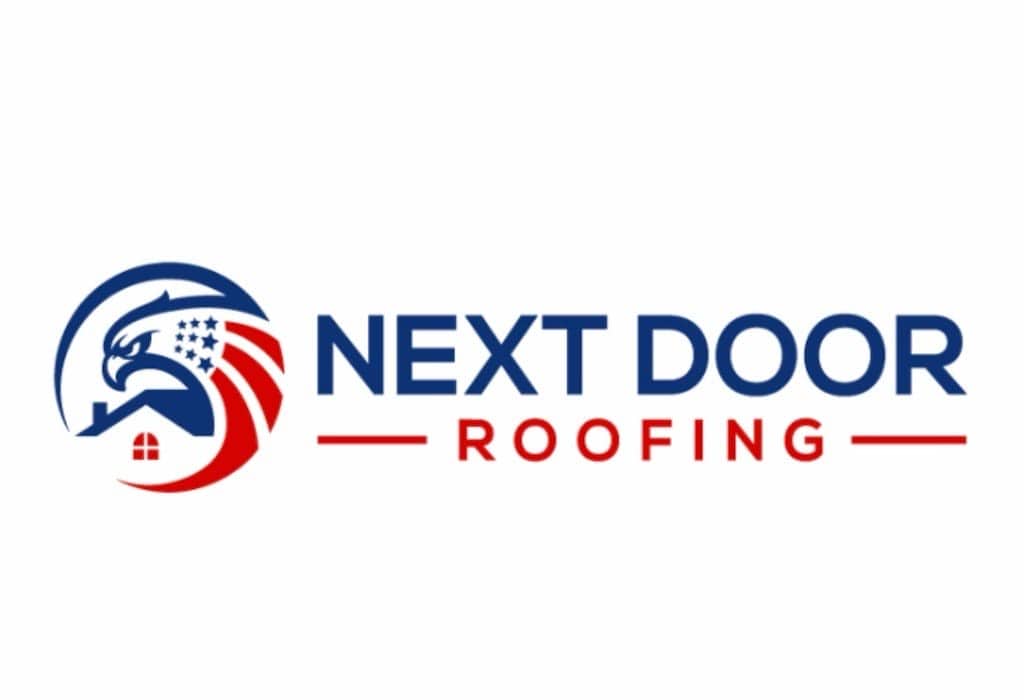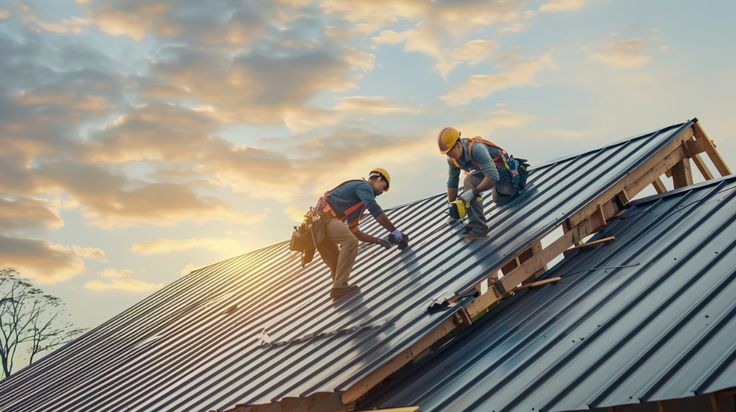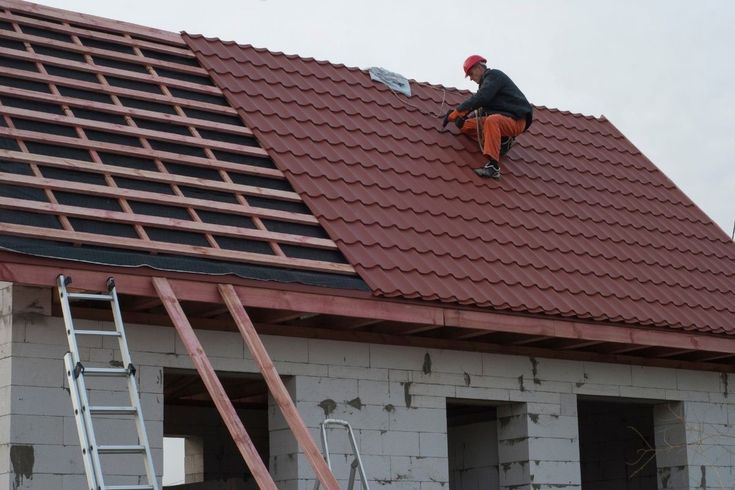Choosing the right roofing materials for your home in Huntington Beach is a critical decision that can significantly impact not just the aesthetics, but also the durability and energy efficiency of your residence. Given the unique climate factors specific to this coastal area, such as mild temperatures throughout the year, exposure to salty air, and occasional high winds, homeowners must make an informed choice when it comes to their roofing solutions.
This guide aims to help you navigate through these considerations to identify the best fit for your needs.
Huntington Beach’s coastal environment presents distinct challenges that directly influence which roofing materials will perform best over time. The salt-laden air can accelerate corrosion in some materials, while others might struggle with the high humidity levels or potential impacts from windstorms. Understanding how different materials stand up to these local conditions is essential for ensuring your roof remains resilient and effective.
The purpose of this blog is to offer comprehensive insights into various roofing options available for Huntington Beach residents. From asphalt shingles and clay tiles to cutting-edge synthetic alternatives, we’ll cover everything you need to know about each material’s benefits, drawbacks, cost implications, and suitability for our distinctive coastal climate. By providing detailed information and expert tips, we hope to empower homeowners with the knowledge needed to make an optimal choice for their roofing project.
Understanding Your Climate
Huntington Beach, often referred to as “Surf City USA,” presents a unique set of climatic conditions that must be considered when selecting roofing materials. The coastal environment, characterized by mild temperatures throughout the year, comes with its own set of challenges and opportunities for homeowners. One notable environmental element is the omnipresent salt air, which can accelerate the wear and tear on certain roofing materials if not appropriately chosen.
Key Climate Considerations:
- Mild Temperatures: Unlike regions that experience extreme heat or cold, Huntington Beach benefits from temperate weather. This means that roofing materials do not have to endure the extreme temperature fluctuations seen elsewhere.
- Salt Air: Proximity to the ocean brings persistent exposure to salty air which can lead to corrosion, particularly in metal roofs. Therefore, choosing materials resistant to salt-induced damage is crucial.
- High Winds: Coastal areas can experience high winds more frequently than inland locations. Roofing materials need to be properly secured and capable of withstanding strong gusts without damage.
Considering these factors helps zero in on specific qualities desired in roofing materials. For example, asphalt shingles may offer cost-efficiency but might require additional protective coatings when used in a beachfront setting. Similarly, while clay tiles are incredibly durable against salty air and wind gusts, their weight might necessitate an assessment of your home’s structural capacity before installation.
In addition to natural elements like salt and wind, homeowners must also think about potential moisture issues due to higher humidity levels near the coast. Moisture-related concerns make it essential to choose materials treated for mold resistance or incorporating waterproof features. Hence, thorough research into how different options function under these specific conditions will save you long-term maintenance hassles and ensure that your roof remains sturdy for years to come.
The Huntington Beach climate necessitates careful selection among various choices when it comes time for a new roof or replacement project. Knowledge about how each type of material interacts with local environmental conditions will guide you toward making an informed decision that balances aesthetics, durability, and cost-effectiveness efficiently.
Whether dealing with traditional barriers like heat and cold or more specialized aspects such as corrosion resistance due to salty air – understanding these nuances ensures greater satisfaction and longevity from your chosen roofing solution.
Overview of Common Roofing Materials
When evaluating roofing materials for your Huntington Beach home, it is essential to get familiar with the common options available and understand their respective pros and cons. Each material comes with unique advantages and potential drawbacks, particularly considering the specific climate of a coastal region like Huntington Beach.
One of the most popular choices is asphalt shingles. Known for their cost-effectiveness and versatility in style, asphalt shingles are generally an excellent option for homeowners on a budget who do not want to compromise on aesthetics. They can last around 20-30 years under optimal conditions, but may require more frequent maintenance due to exposure to salt air and wind typical in coastal regions like Huntington Beach.
Another favored choice is clay tiles (or their counterpart, concrete tiles). These materials offer exceptional durability and are notably resistant to salt air corrosion, which makes them ideal for homes near the ocean. Their aesthetic appeal complements many architectural styles prevalent in Huntington Beach, such as Spanish or Mediterranean designs. However, these tiles are much heavier than other roofing materials and will need additional structural support during installation.
Metal roofing has been gaining traction due to its extensive lifespan – often exceeding 50 years – along with superior energy efficiency attributes. Metal roofs handle coastal conditions quite well as they boast high resistance against corrosion and strong winds. However, they might be pricier initially compared to other options mentioned above. Additionally, metal roofs can sometimes transmit more noise from rain or hail if not properly insulated.
| Roofing Material | Pros | Cons |
|---|---|---|
| Asphalt Shingles | Cost-effective, Versatile style options | Moderate lifespan (20-30 years), Frequent maintenance required |
| Clay/Concrete Tiles | Exceptional durability, Resistant to salt air | Heavyweight requires additional support, Higher installation costs |
| Metal Roofing | Long lifespan (50+ years), Energy efficient | Higher initial cost, Can be noisy if not insulated properly |
While these are some leading choices among roofing materials in Huntington Beach, it’s crucial to weigh these pros and cons against the unique needs of your home and local climate factors. Each choice presents distinct advantages that could cater well depending on various demands such as budget constraints, aesthetic preferences, and environmental considerations.
Asphalt Shingles
In terms of performance in Huntington Beach’s coastal climate, asphalt shingles offer moderate durability but may require more frequent maintenance compared to other materials like clay tiles or metal roofing. The salt air can accelerate wear, so it’s essential to inspect your roof regularly and perform routine maintenance.
Additionally, choosing algae-resistant shingles can help prevent unsightly stains and prolong the lifespan of your roof. Generally, asphalt shingles have a lifespan ranging from 15 to 30 years, depending on the quality of the material and installation.
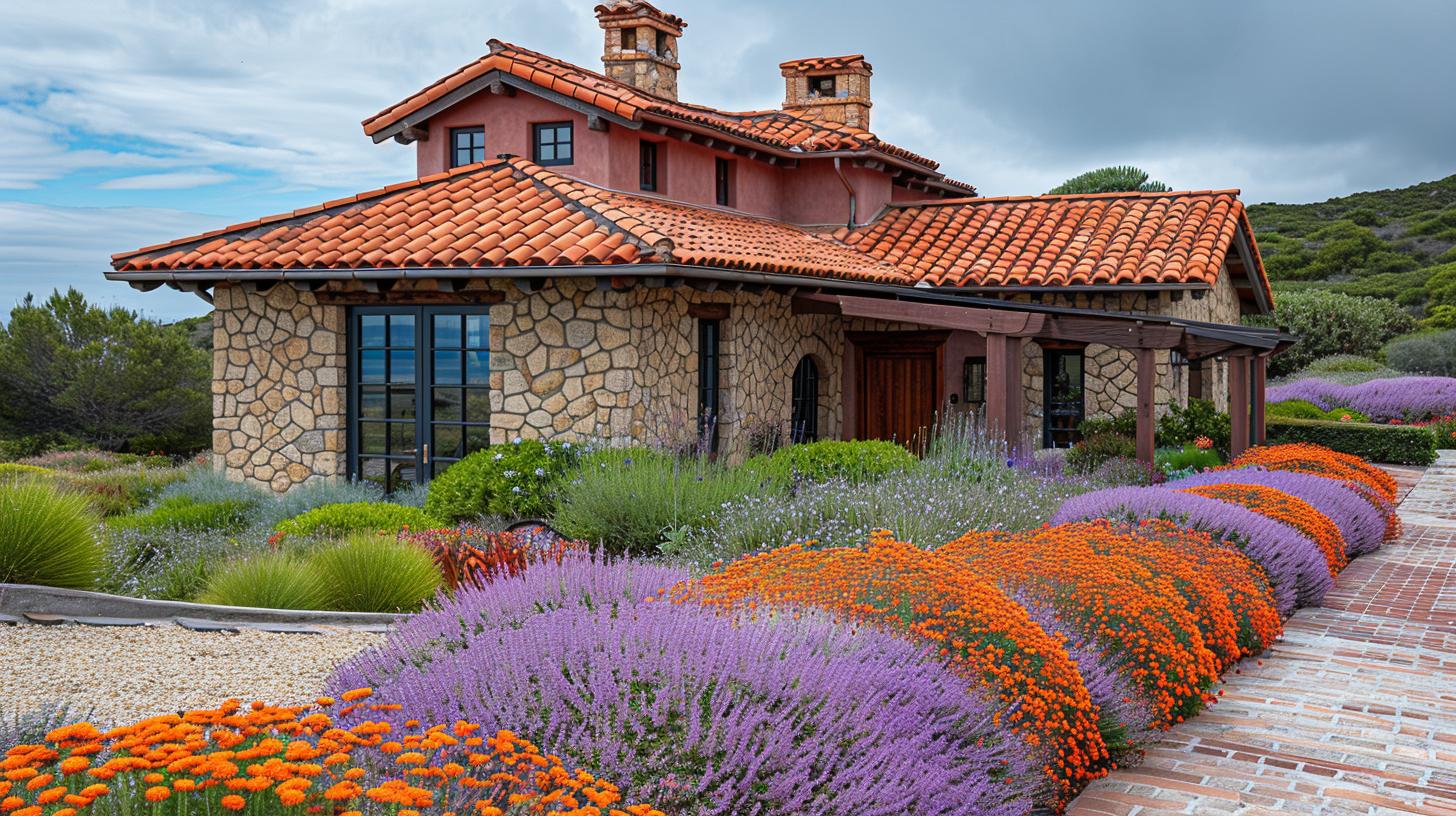
Maintenance requirements for asphalt shingles in Huntington Beach involve periodic inspections to check for any signs of damage or wear, especially after strong winds or storms typical in coastal regions. It’s advisable to clean debris like leaves and branches off your roof to prevent moisture build-up which could lead to mold or mildew growth beneath the shingles. By investing time in proper care and maintenance, you can significantly extend the life expectancy of your asphalt shingle roof.
| Aspect | Details |
|---|---|
| Lifespan | 15-30 years |
| Cost-Effectiveness | Affordable with various style options |
| Maintenance Requirements | Periodic inspections and cleaning debris off the roof |
Despite some downsides such as susceptibility to salt air corrosion and the need for regular upkeep, many homeowners still opt for asphalt shingles given their wide design options and lower initial costs compared to other roofing materials in Huntington Beach. These factors make asphalt shingles a practical choice for those looking to balance aesthetics with budget constraints while still achieving adequate protection against local weather conditions.
Clay and Concrete Tiles
In Huntington Beach, where the coastal climate subjects homes to salty air and varying weather conditions, clay and concrete tiles present a robust solution. These materials are well-known for their extraordinary durability; they can withstand heavy winds, resist fire, and are impervious to rot.
Their natural resistance to salt air makes them particularly suitable for coastal regions. Moreover, the thermal properties of clay and concrete tiles offer excellent insulation, helping maintain a cooler home environment during the scorching summer months.
Aesthetically, clay and concrete tiles harmonize with the Mediterranean-style architecture prevalent in Huntington Beach. Homeowners often prefer these tiles because they come in various colors and profiles that can mimic traditional Spanish roofs or even offer modern flat designs. This versatility ensures that no matter your home’s design ethos, there is likely a tile that complements it splendidly. Beyond their visual appeal, these roofing materials contribute to property value due to their longevity and minimal maintenance requirements.
However, it’s essential to consider certain practical aspects before selecting clay or concrete tiles as your roofing material. The heft of these tiles necessitates a sturdy underlying structure capable of supporting the added weight. Consequently, homeowners might need structural reinforcements if upgrading from lighter roofing options like asphalt shingles. Installation must be executed meticulously by experienced professionals who understand both the materials themselves and the specific needs dictated by Huntington Beach’s unique climate challenges.
Opting for high-quality roofing materials in Huntington Beach involves not just aesthetic preferences but also functional necessities aligned with environmental demands. By choosing clay or concrete tiles, you ensure that your roof is as resilient as it is beautiful – an ideal combination given the climatic conditions of this coastal paradise.
- Long-lasting durability
- Resistance to salt air corrosion
- Diverse color options
- Requires structural reinforcement due to weight
- Energy-efficient thermal properties
Metal Roofing
Beyond longevity, homeowners also appreciate metal roofing for its energy-efficient properties. Metal roofs reflect solar radiant heat, which can reduce cooling costs by 10-25%.
In a coastal town like Huntington Beach, where keeping homes cool in warmer months is vital, this energy-saving feature is especially beneficial. The focus on sustainability doesn’t end there; many metal roofing options are made from recycled materials and are entirely recyclable at the end of their life cycle, thereby promoting eco-friendly building practices.
Adaptability to coastal conditions is another reason metal roofs are an attractive choice for Huntington Beach residents. Coastal environments expose homes to salt air and high winds, which can quickly deteriorate less durable roofing materials.
However, metal roofs offer high resistance to corrosion caused by salt air and can withstand strong wind gusts common in the area without damage. While some homeowners worry about potential noise issues such as during rainstorms or hail, modern insulation techniques can effectively mitigate this problem.
| Feature | Benefit |
|---|---|
| Longevity | 40-70 Years |
| Energy Efficiency | Reduces cooling costs by 10-25% |
| Resistance to Coastal Conditions | High resistance to corrosion and wind |
When considering roofing materials in Huntington Beach, it’s clear that metal options provide multiple benefits that align with local environmental challenges and homeowner needs. For those prioritizing durability and energy savings while living near the coast, investing in a high-quality metal roof may prove to be a wise decision.
Wood Shakes and Shingles
Charming Aesthetics and Natural Appeal
One of the most appealing aspects of wood shakes and shingles is their charming, natural look. Homes with these roofing materials blend effortlessly into the coastal landscape of Huntington Beach, exuding a warm, welcoming vibe that stands out in any neighborhood. Each piece of wood is unique due to its natural grain and texture, which ensures that no two installations are ever exactly alike. This creates a distinctive roof with character and depth, enhancing the overall curb appeal.
Fire Resistance and Moisture Concerns
Despite their aesthetic advantages, there are important considerations to keep in mind when opting for wood shakes and shingles. One major concern is fire resistance. Traditional wood roofing materials are susceptible to fire hazards, which can be particularly worrisome in regions prone to wildfires or dry spells. Thankfully, there are treated wood options available on the market today that offer enhanced fire resistance while retaining their beautiful appearance.
Moisture decay is another potential issue for untreated wood roofs in coastal climates like Huntington Beach. The salty air and high humidity levels can accelerate the deterioration process, leading to problems such as rot or mold growth over time. To mitigate these risks, it’s essential to choose high-quality wooden materials treated specifically for moisture resistance or consider regular maintenance routines that include sealing treatments.
Treated Wood Options for Enhanced Durability
Homeowners looking for the natural beauty of wood without compromising on durability should explore treated wood shakes and shingles. These products undergo chemical treatments designed to enhance their resistance against both fire and moisture decay. Roofing materials treated with preservatives can significantly extend their lifespan by preventing issues such as termite infestation or fungal growth-common problems in humid environments like Huntington Beach.
Utilizing treated wood not only boosts the longevity of your roof but also reduces maintenance requirements over time. With less frequent need for repairs or replacements compared to untreated varieties, homeowners can enjoy the visual appeal of a wooden roof without as much upkeep cost or effort. Overall, considering roofing materials in Huntington Beach should involve evaluating both aesthetic desires and practical needs-all while keeping local climate conditions in mind.
In summary, while traditional wood shakes and shingles offer unmatched natural aesthetics that complement the scenic beauty of Huntington Beach homes, opt for modern treated alternatives if you desire added protection against climatic challenges characteristic of this coastal paradise.
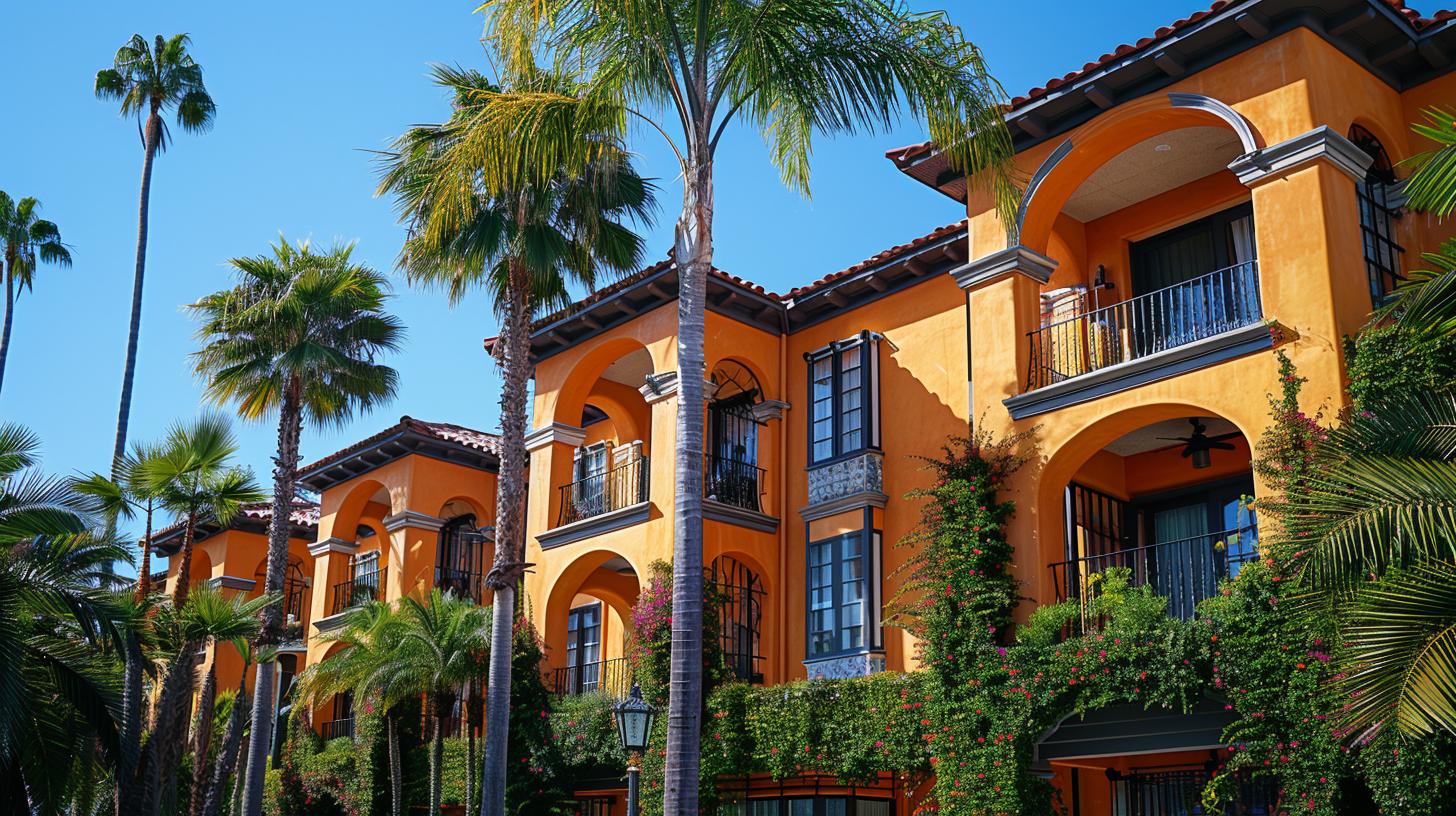
Synthetic Roofing Materials
One of the prominent benefits of synthetic roofing materials is their impressive durability. These materials are engineered to resist extreme weather conditions, making them ideal for Huntington Beach’s coastal climate. Unlike traditional materials that may deteriorate quickly under salt-laden air or high winds, synthetic options tend to maintain their structural integrity for longer periods. This resistance translates to fewer repairs and lower maintenance costs over the lifespan of your roof.
Additionally, synthetic roofing materials often require significantly less maintenance than their natural counterparts. For example, while traditional wood shakes might need frequent treatments to prevent mold and insect infestations, synthetic shakes are designed to repel these issues right from installation. Furthermore, advanced technology allows manufacturers to incorporate UV inhibitors into these products, preventing color fading and maintaining a fresh appearance despite prolonged exposure to sunlight.
| Material | Key Benefits |
|---|---|
| Synthetic Slate | Durability, Lightweight |
| Rubber Tiles | Impact Resistance, Eco-Friendly |
| Polymer Shingles | UV Resistance, Low Maintenance |
Incorporating synthetic roofing materials in Huntington Beach homes not only enhances the durability but also offers an attractive appearance that aligns well with various design philosophies. As more homeowners become aware of these benefits and seek durable yet aesthetically pleasing options for their roofs, it’s clear that synthetics will play a crucial role in future roofing projects across the area.
Environmental Considerations
Understanding the Importance of Eco-Friendly Choices
In recent years, the push towards sustainability has influenced many aspects of home construction, including roofing materials. Making eco-friendly roofing choices can contribute significantly to reducing your home’s environmental footprint. In Huntington Beach, where the coastal environment already faces significant ecological challenges, opting for sustainable materials is not just beneficial for individual homeowners but also for the community at large.
Energy Efficiency and Cool Roofs
One effective way to enhance eco-friendliness is by selecting roofing materials that offer superior energy efficiency. In regions like Huntington Beach with abundant sunshine, “cool roofs” are an excellent option. These roofs are designed to reflect more sunlight and absorb less heat compared to standard roofing materials.
Reflective coatings can be applied to existing roofs or integrated into new ones through asphalt shingles and metal roofing specifically engineered for this purpose. Opting for cool roofing materials not only reduces the energy needed for cooling your home but also helps mitigate the urban heat island effect.
Recyclability and Sustainable Materials
When considering roofing options, it’s important to evaluate their recyclability and the impact of their production on natural resources. For example, metal roofing stands out as one of the most recyclable materials available; at the end of its long lifespan, it can be fully recycled without losing its properties.
On the other hand, synthetic roofing materials made from recycled rubber or plastic provide durability while minimizing waste destined for landfills. As you explore different types of roofing materials in Huntington Beach, considering those made from sustainable sources can make a significant difference in reducing environmental harm.
For those seeking both innovation and reduced maintenance, synthetic slate or rubber tiles offer practical benefits. These cutting-edge alternatives mimic traditional aesthetics while offering improved performance in coastal conditions typical to Huntington Beach. Whether you’re inclined towards classic elegance or modern innovation, making environmentally conscious choices contributes positively toward preserving our beautiful coastal community’s resources and landscape.
Cost Considerations and Budget Planning
Initial Costs vs. Long-Term Investment
When it comes to selecting roofing materials in Huntington Beach, it’s essential to balance up-front costs with long-term value. Roofing materials such as asphalt shingles are typically more affordable initially, with the cost ranging from $100 to $150 per square of material.
However, while the initial expense is low, you must consider their longevity and maintenance needs over time. In contrast, metal roofing and clay tiles might come with a higher price tag-often between $300 to $600 per square-but their extended lifespan and reduced maintenance can offer better value in the long run.
Maintenance Expenses
Beyond the upfront purchase price, ongoing maintenance expenses can significantly impact your budget. For instance, wood shakes and shingles require regular treatment to fend off moisture and pest damage, which could increase long-term costs.
On the other hand, synthetic roofing materials like rubber or composite tiles generally involve minimal upkeep; this makes them an attractive option for those looking to minimize future expenditures. When budgeting for your new roof in Huntington Beach, factor in these recurrent costs alongside your initial investment.
Financing Options and Incentives
Understanding financing options and available incentives can help you manage the overall financial commitment of a roofing project. Many homeowners overlook potential savings from eco-friendly choices such as cool roofs or recyclable materials that may qualify for tax credits or local government rebates aimed at promoting energy efficiency.
Additionally, some roofing contractors in Huntington Beach offer financing plans that allow you to spread out payments over time without putting too much strain on your immediate finances. Be sure to explore all avenues of potential savings when planning your budget.
Taking a holistic view of both initial expenses and long-term financial implications ensures that you’ll make an informed decision about roofing materials Huntington Beach homes can’t go wrong with-balancing durability, aesthetics, and cost-effectiveness perfectly matched to your specific conditions.
Hiring a Roofing Contractor in Huntington Beach
When it comes to hiring a roofing contractor in Huntington Beach, finding a reputable professional can make all the difference in the longevity and performance of your roof. Start by seeking recommendations from neighbors, friends, or family members who have recently had roofing work done. Personal referrals are often the most reliable way to find trustworthy contractors with proven track records.
Once you have a shortlist of potential contractors, do your due diligence by checking their credentials. Ensure they hold valid licenses specific to California and carry adequate insurance coverage, including workers’ compensation and liability insurance. This not only protects you from potential liabilities but also indicates that the contractor is legit and serious about their business.
Interview each contractor thoroughly. Don’t hesitate to ask about their experience with specific roofing materials-especially if you’re considering more specialized options like metal roofing or synthetic materials suitable for coastal conditions.
Request portfolios or references from previous clients who have installations similar to what you’re planning. It’s also wise to ask them how they handle unexpected problems during a project and gather detailed information on the types of warranties they offer for both labor and materials.
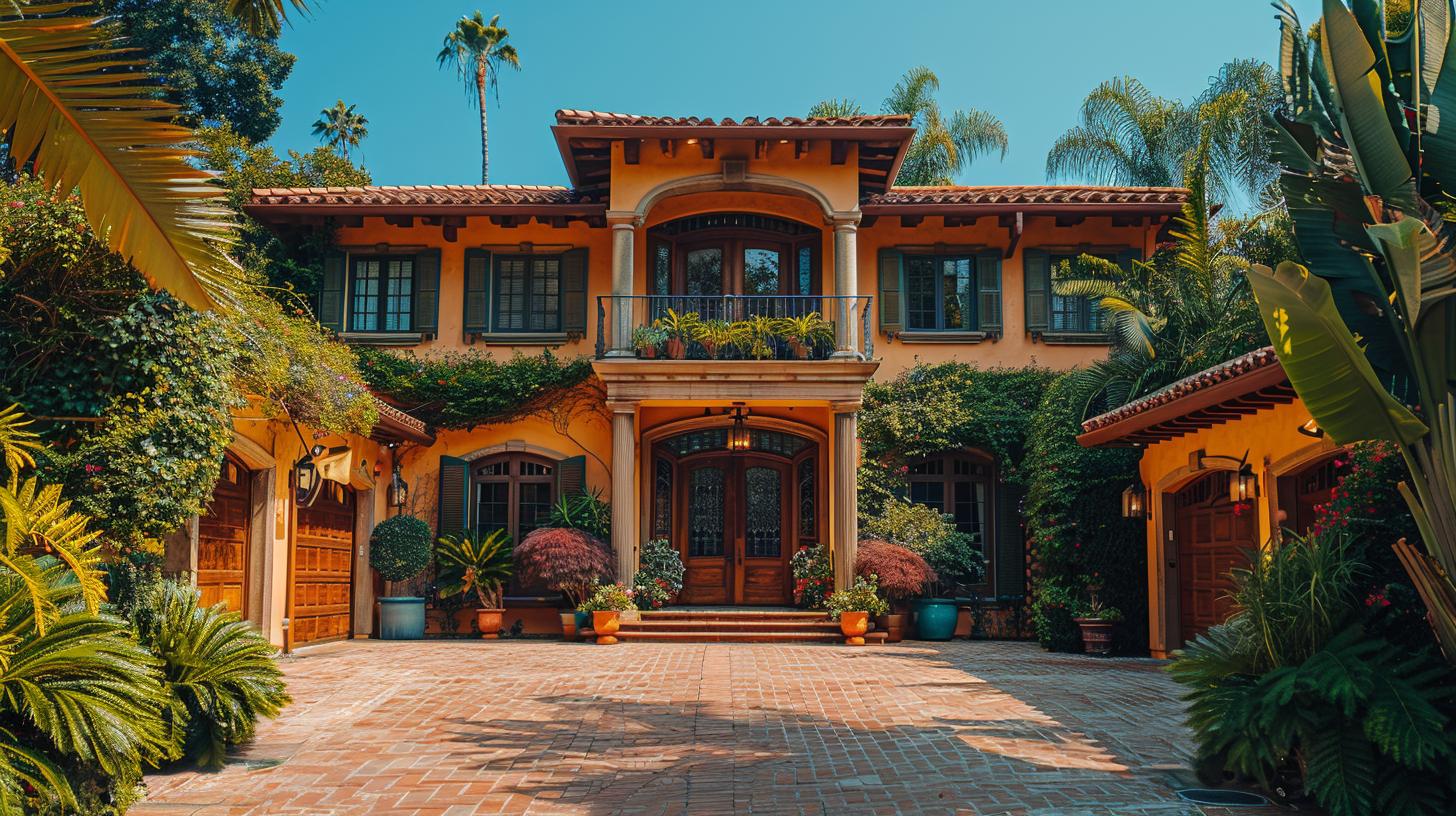
Here are some key questions to ask potential contractors:
- Can you provide proof of licensing and insurance?
- What experience do you have with roofing materials in Huntington Beach specifically?
- Can I see examples or consider speaking with past clients?
- What kind of warranties do you offer on both materials and workmanship?
Local expertise is crucial when it comes to selecting appropriate roofing materials Huntington Beach requires due to its unique climate challenges such as salty air and occasional high winds. By investing time in choosing the right professional, you’ll ensure your new roof will be durable, aesthetically pleasing, and compliant with local regulations.
Moreover, before signing any contracts, get everything in writing-detailing costs, timelines, payment schedules, and the cleanup process post-installation. This will minimize misunderstandings and set clear expectations for both parties involved in the project. Using these steps ensures that hiring a roofing contractor will be smooth sailing under Huntington Beach skies.
Local Regulations and Permits
Building Codes and Standards
In Huntington Beach, it is essential to adhere to local building codes when selecting roofing materials. The city’s regulations are designed to ensure construction safety, structural integrity, and aesthetic harmony within the community. These codes can impact your choice of roofing materials by specifying standards for wind resistance, fire safety, and energy efficiency.
For example, considering the coastal location, materials must withstand high winds and corrosive salt air. Ensuring that your selected roofing materials meet these criteria not only complies with local laws but also guarantees long-term stability for your home.
Permit Process
Before beginning a roofing project, you’ll need to secure the necessary permits from Huntington Beach’s Planning and Building Department. This process typically involves submitting detailed plans for review and demonstrating that your project adheres to all relevant codes and regulations. Getting a permit ensures accountability in terms of quality control and adherence to safety standards.
Neglecting this step could result in fines or forced removal of non-compliant installations. The application process might require documentation showcasing the specific type of roofing materials Huntington Beach homeowners plan to use-making sure they align with what’s permissible under city guidelines.
Inspection Requirements
After receiving approval for your roofing permit, inspections are mandatory at various stages of the installation process. These inspections are crucial as they serve as checks to verify whether the work meets all stipulated building codes.
Different types of roofing projects may have unique inspection requirements based on the complexity and nature of the material used-from initial tear-off through final installation phases. Scheduling timely inspections helps avoid disruptions and ensures that potential issues are identified early on; thus preventing costly rework later down the line.
Understanding these regulations will empower you to make informed decisions about which roofing materials suit both your budgetary constraints and compliance needs-helping you navigate through the intricacies of local building requirements while achieving optimal durability for your home.
Conclusion
Understanding the local regulations and permits is an essential step when embarking on a roofing project in Huntington Beach. The city has specific building codes designed to ensure safety and harmony with its unique environment, so adherence to these rules is non-negotiable.
For instance, coastal areas often have stringent requirements regarding the wind rating of roofing materials due to the potential for high winds. Moreover, given the proximity to the ocean, materials that can withstand salt air corrosion may be recommended or even mandated by local building codes.
Before starting your project, it’s critical to familiarize yourself with the permit process in Huntington Beach. Typically, you will need a building permit for any substantial roofing work, whether it involves replacement or significant repairs.
The application for this permit usually requires detailed documentation of your plans, including material specifications and sometimes even a site inspection. To streamline this process, many homeowners prefer working with experienced local contractors who are well-versed in acquiring necessary permits and navigating local regulations.
Once your permit application is submitted, an inspection might be scheduled as part of the approval process or upon completion of the roofing project. This step ensures that all work complies with local building standards and safety protocols.
Inspectors will check aspects such as structural integrity and proper installation methods aligned with environmental demands unique to Huntington Beach. Whether you’re opting for asphalt shingles or synthetic roofing materials huntington beach properties demand stringent compliance to maintain their longevity and performance.
Key regulatory considerations might include:
- Wind Rating Requirements: Coastal zoning often enforces specific wind uplift ratings.
- Material Approvals: Some materials may require special approval if they are not commonly used locally.
- Environmental Compliance: Ensuring chosen materials don’t adversely affect local ecology.
Navigating this landscape of permits and regulatory checks can appear daunting at first glance; however, thorough preparation and expert consultation can make it manageable. Consulting with a reputable contractor who understands Huntington Beach’s peculiarities can save time and prevent costly mistakes in ensuring that your new roof stands up to both legal scrutiny and environmental challenges effectively.
Additional Resources and References
In conclusion, selecting the right roofing materials for your home in Huntington Beach is essential due to the unique coastal climate that can challenge the durability and performance of different options. From understanding how mild temperatures, salt air, and high winds influence material resilience to evaluating cost-effectiveness and aesthetic appeal, it’s clear that each choice carries its own set of benefits and drawbacks.
Moreover, roofing materials such as asphalt shingles offer versatility and affordability but may require frequent maintenance under harsh coastal conditions. Meanwhile, clay and concrete tiles boast excellent resistance to salty air and superior durability but come with weight considerations that necessitate robust structural support.
Metal roofing emerges as a standout option for its longevity and energy efficiency, though noise management might be required depending on installation techniques. Wood shakes provide natural beauty but demand careful consideration regarding fire resistance and moisture decay, while innovative synthetic options like rubber tiles or synthetic slate promise improved durability with minimal maintenance.
Ultimately, balancing initial investment against long-term advantages-alongside navigating local regulations-can feel overwhelming. Therefore, taking your time to make an informed decision while enlisting professional advice can streamline this process significantly.
Consulting local experts who have experience with various roofing materials huntington beach offers ensures that you not only comply with regional building codes but also select a roof that complements both your budgetary constraints and environmental needs effectively. The goal is to find a harmonious blend of aesthetic appeal, functionality, affordability, and eco-friendliness tailored perfectly for your Huntington Beach home.

